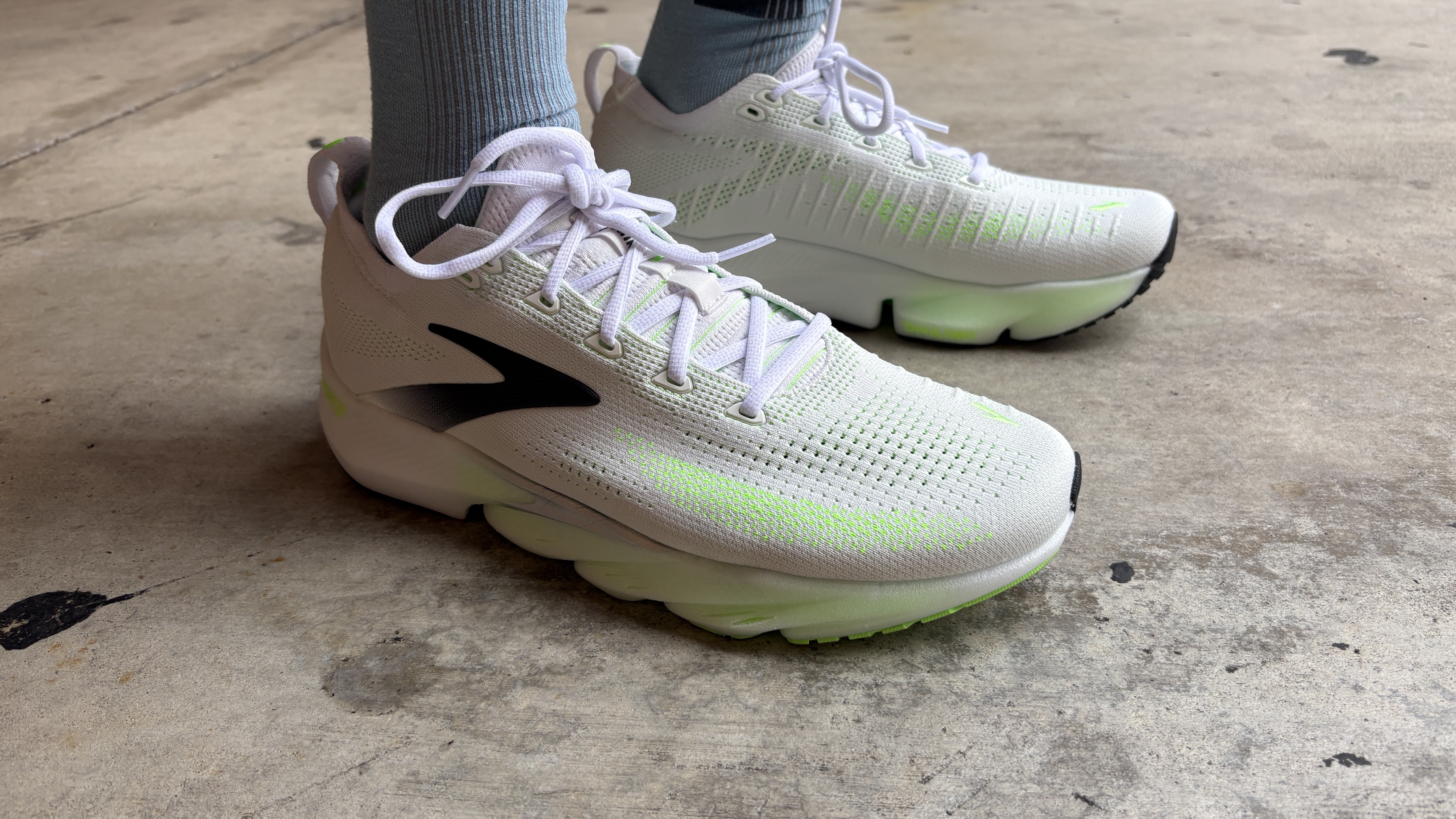Lumia 950 Doubles as Windows PC, Headed to AT&T
Microsoft's Lumia 950 and Lumia 950 XL smartphones feature quad-HD displays, 20-megapixel cameras Windows 10 Mobile. The Lumia 950 will be available through AT&T.
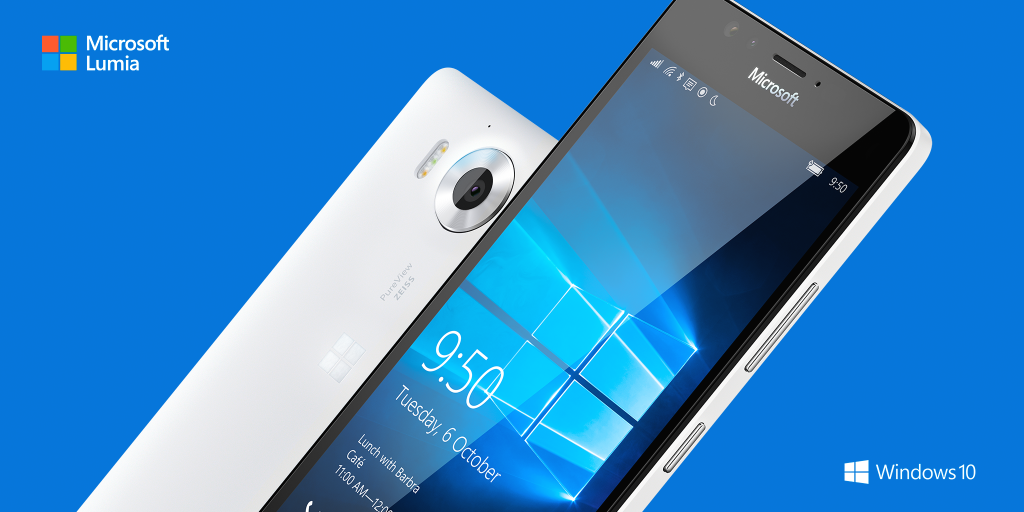
Microsoft's latest flagships, the Lumia 950 and 950 XL feature sharp cameras, rich displays and the ability to morph into Windows 10 PCs when connected to a docking station. And starting this week, the 950 goes on sale through AT&T.
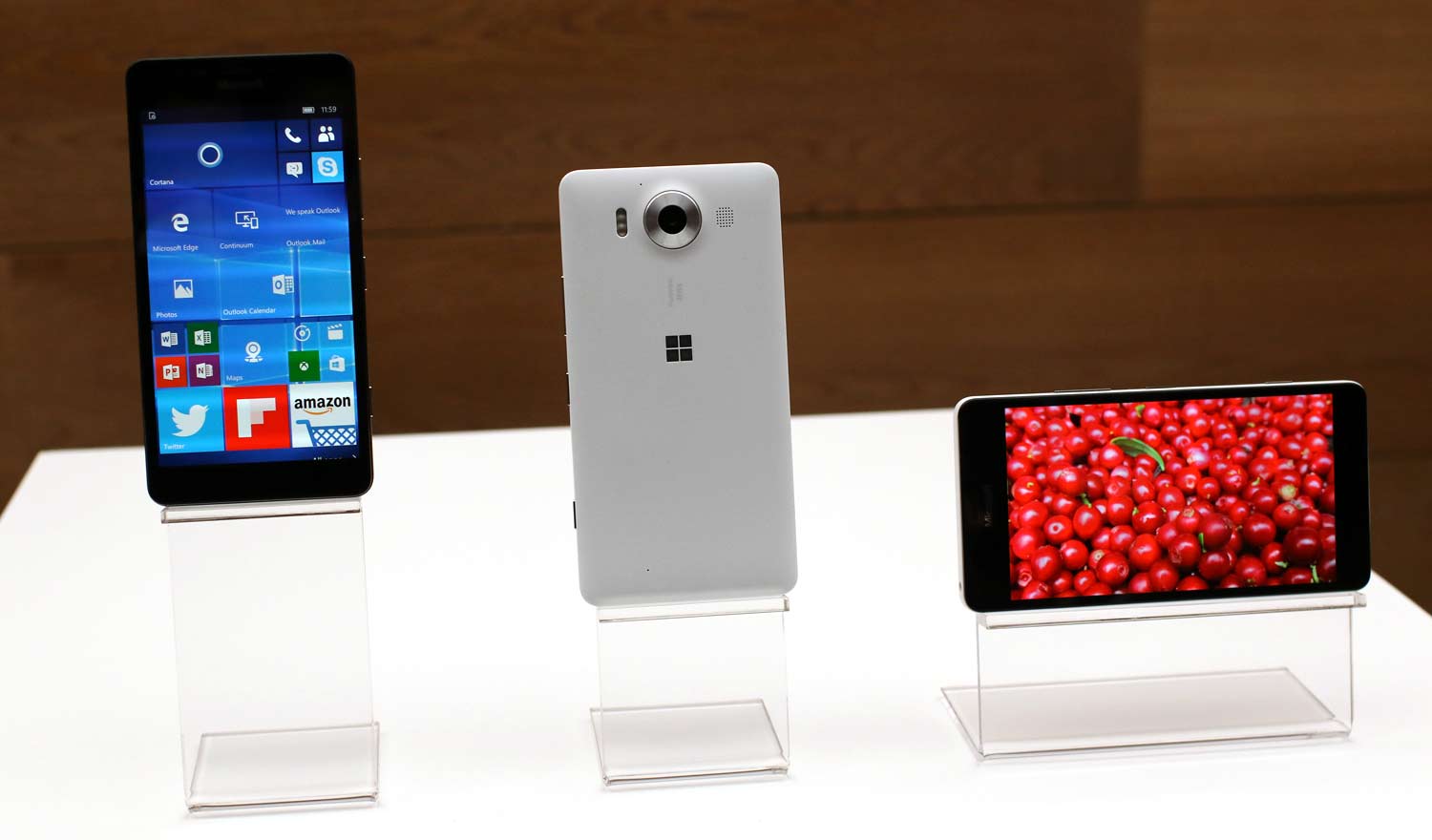
Featuring a 5.2-inch screen and a hexa-core Qualcomm Snapdragon 808 chip, the Lumia 950 shares the same 3GB of RAM, 32GB of onboard storage and reversible USB Type-C connector found on the more ambitious Lumia 950 XL. Like its larger sibling, the 950 sports a 20-megapixel cam with LED flash in back and 5-MP shooter in front.
AT&T will start offering the Lumia 950 this Friday (Nov. 20), the lone U.S. carrier for Microsoft's latest phone at this point. You can pay for the phone in monthly installments over 20, 24, and 40 months via AT&T's Next program; prices start at $19.97 a month for the 30-month payment plan. You can also sign a two-year contract with AT&T to purchase the phone for $150. Buy the Lumia 950 through AT&T's Next program, and you're also eligible to pick up a Surface 3 tablet for $400.
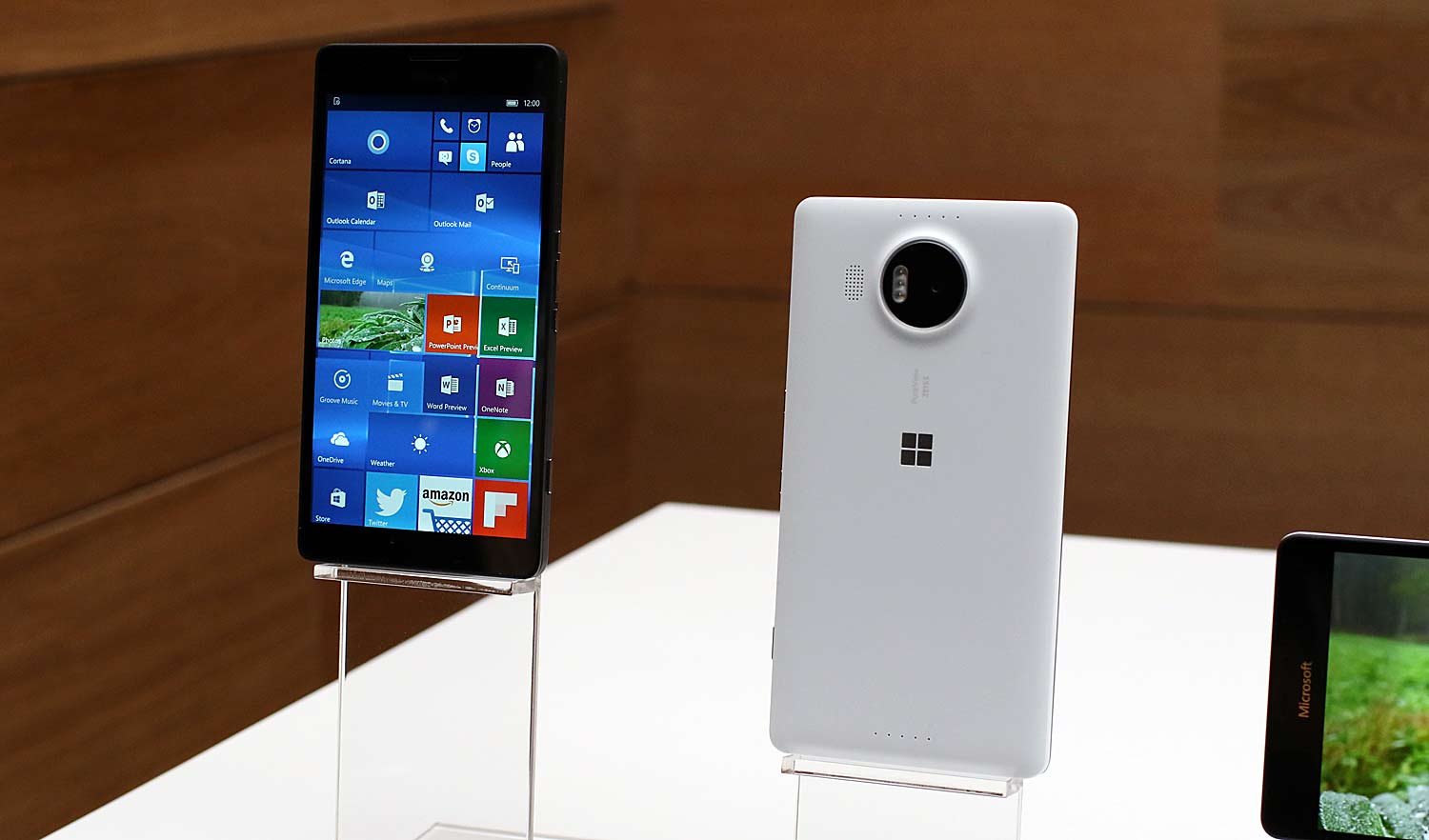
The flagship Lumia 950 XL is available only through Microsoft; Microsoft's website still lists the $649 phone as coming soon. It features a 5.7-inch QHD screen (2560 x 1440) and an octa-core Qualcomm Snapdragon 810 processor, along with the memory, storage, and USB Type-C port found on the 950. For photos, the 950 XL features a 20-MP Pureview camera with triple LED flash and optical image stabilization in back and a 5-MP selfie cam in front.
MORE: Best Smartphones -The Top-Rated Phones on the Market
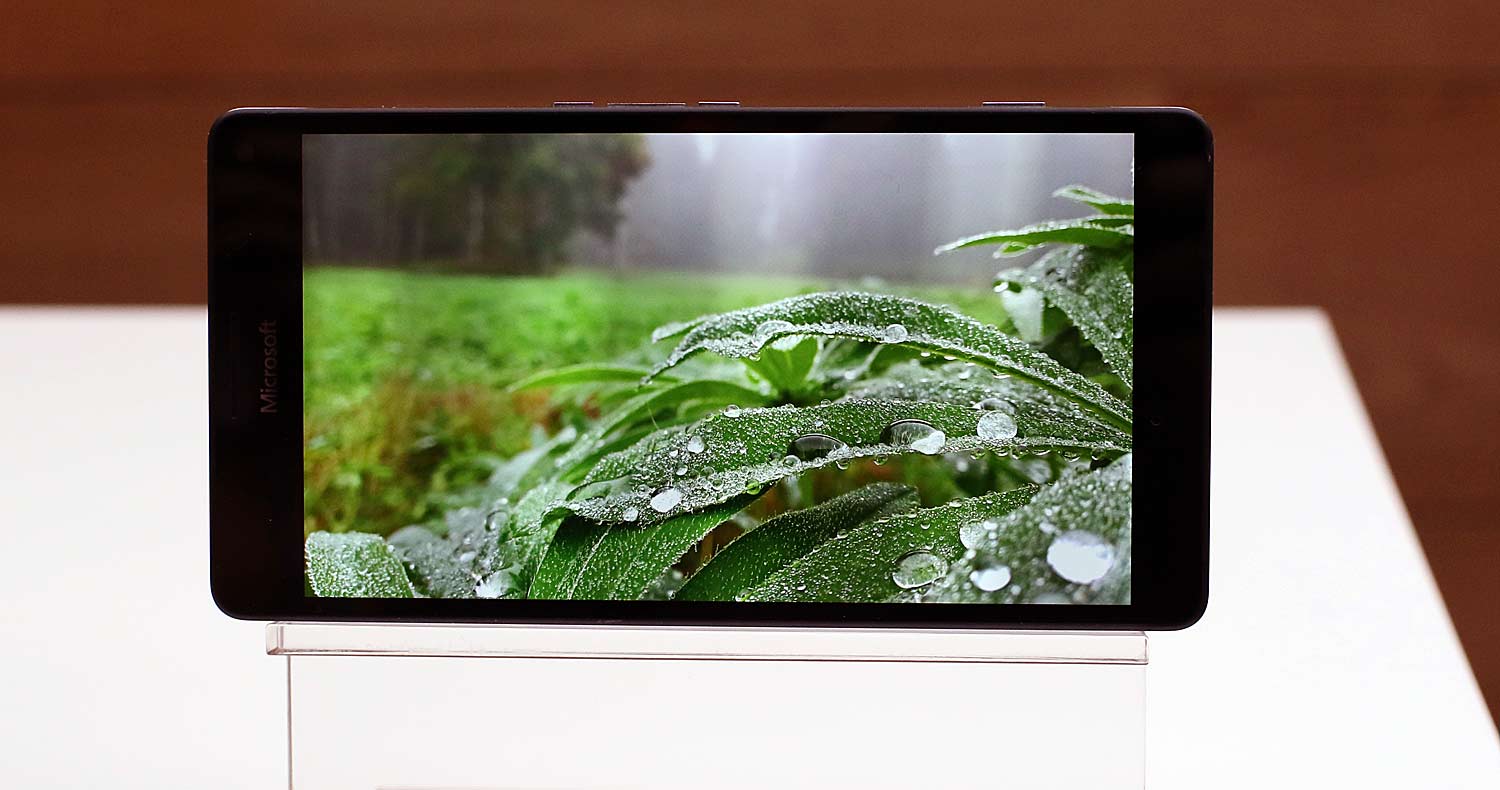
But the specs don't tell the full tale about Microsoft's phones. Inside, Microsoft has embedded not one but two antennas in the new phones' bodies to improve reception, and even added liquid cooling to make sure the phones remain cool when running a lot of apps at the same time. Microsoft has also made a special device dock so you can connect the phones easily to an external display, keyboard and mouse. But why?
Because Microsoft wants you to have access to the full power of Windows with a feature in Windows 10 Mobile called Continuum. Now you get constant syncing of your pictures and data to OneDrive and document creation in Office on your phone or a docked display with a desktop layout. The secret is the power of universal apps in Windows 10, which are optimized to work equally well on a phone or desktop display, so you get a PC-like interface when docked or a more touch-friendly UI when you're on the go.
Get instant access to breaking news, the hottest reviews, great deals and helpful tips.

At the Windows 10 Devices event back in October, I got a chance to go hands on with Microsoft's big new phones. In a move that bucks the trend towards non-removable batteries, both phones feature plastic backs that can be peeled away to reveal a microSD card slot and user-replaceable batteries (3,340 mAh for the XL and 3000 mAh for the regular 950). Even with the removable back, the phones still have a nice solid build quality, and the silver accents highlighting the Windows logo on back and the buttons on the side are a nice touch.
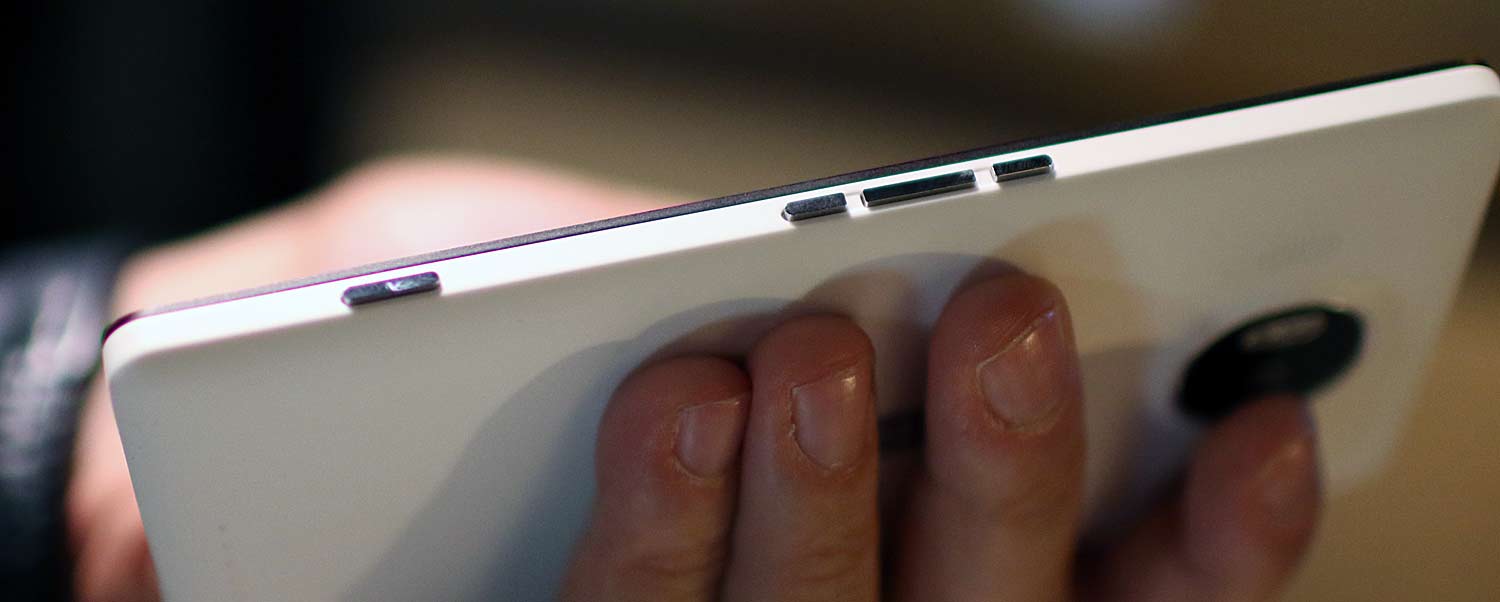
To show off Windows 10 Mobile's Continuum feature, Microsoft had some conveniently positioned display with docking stations so I could try out the desktop experience. Had I not known any better, I would have been hard pressed to figure out that I was doing all this on a phone, Mouse movements were quick and responsive, and switching between apps was as easy as pressing Alt + Tab, just like I would on a PC.
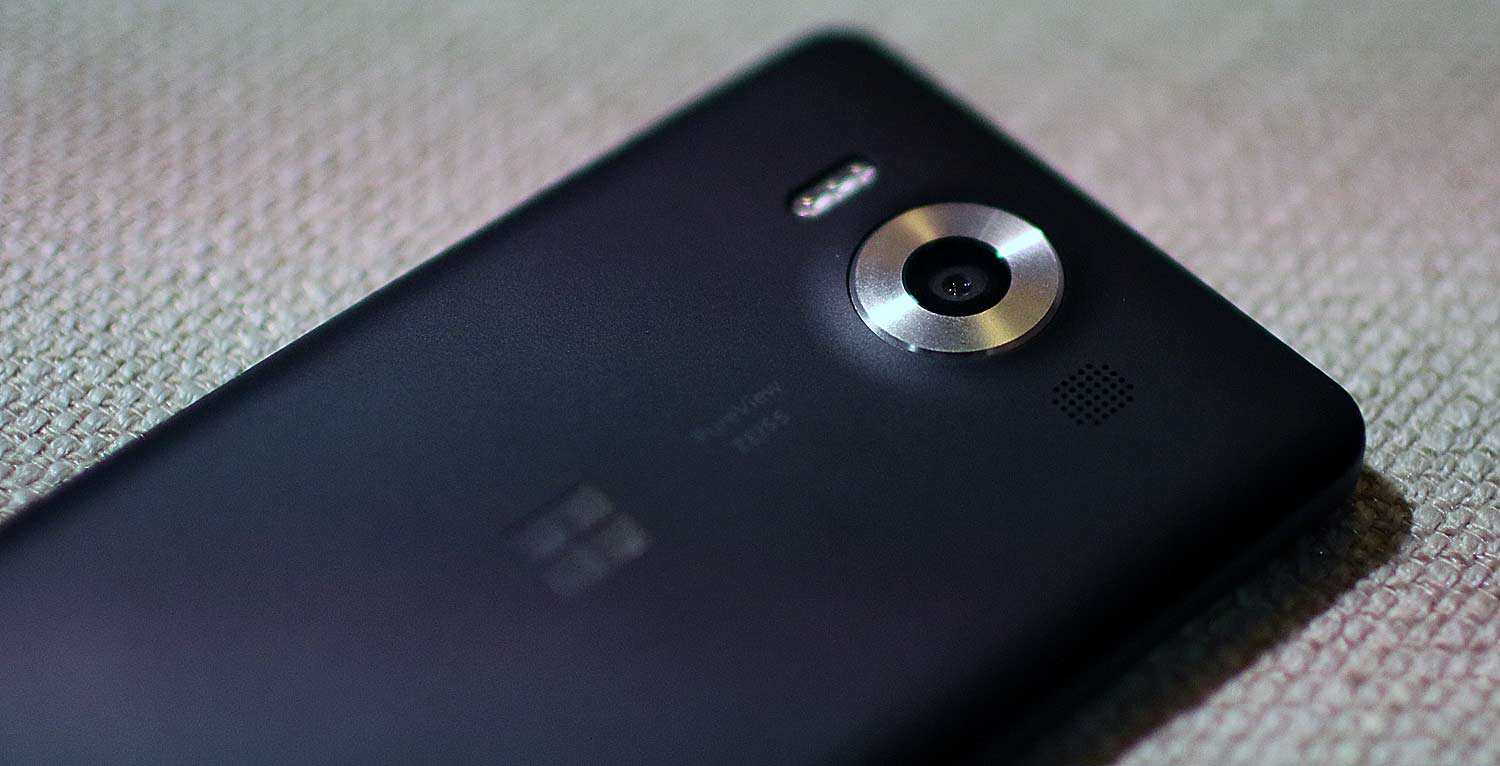
The other standout feature of the phones, aside from the Continuum, is their 20-megapixel rear cameras, which when combined with the tri-LED flash and the dedicated shutter button gives photo-enthusiasts a well-equipped photo taking platform.
Sam is a Senior Writer at Engadget and previously worked at Gizmodo as a Senior Reporter. Before that, he worked at Tom's Guide and Laptop Mag as a Staff Writer and Senior Product Review Analyst, overseeing benchmarks and testing for countless product reviews. He was also an archery instructor and a penguin trainer too (really).
